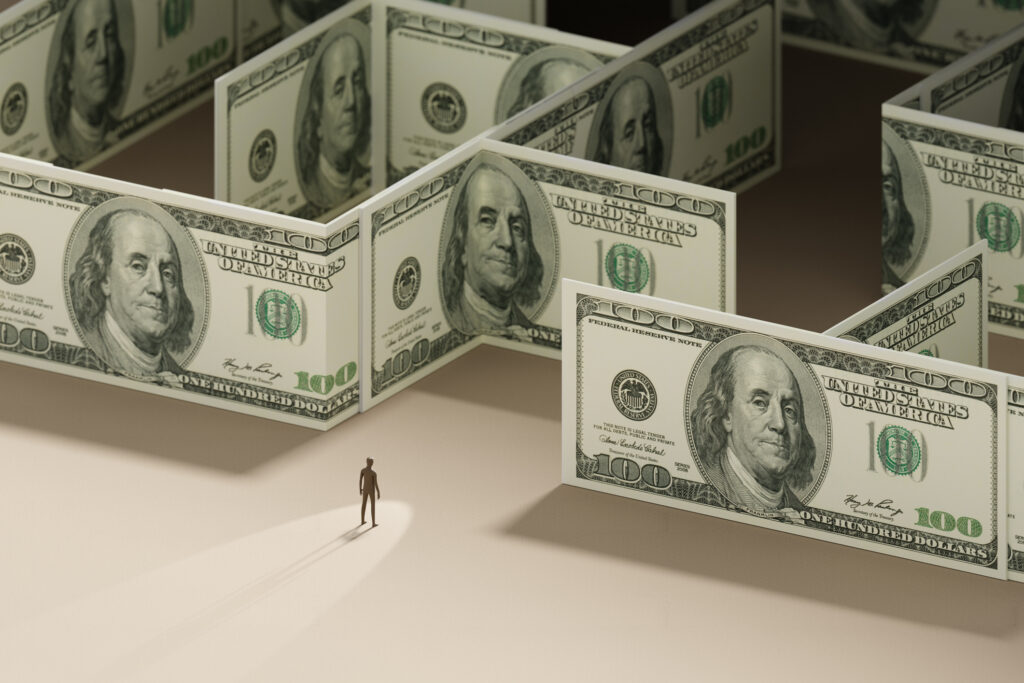In the past fifty years, European nations have become increasingly reliant on value-added taxes, according to a recent study released in December by the Tax Foundation. This trend has benefited the United States economically, the study found.
The study by Tax Foundation Center for Federal Tax Policy economist Kyle Pomerleau explores how the respective mix of tax revenues affects nations’ economic growth.
Looking at the 34 countries in the Organisation for Economic Co-operation and Development (OECD), the researchers broke down how each country gets its tax revenues. OECD members include the United States, Canada, France, Greece, Germany Italy, Japan, Spain, and the UK.
The United States is the only country in the OECD with no VAT. Instead, most state governments use a retail sales tax and an excise tax on goods such as alcohol and tobacco.
VATs are consumption taxes, usually collected when businesses or consumer make a purchase from a business, including sales within a product’s supply chain. A sales tax, by contrast, is charged only to the buyer, at the end of a transaction.
VAT ‘An Alien Concept’
Ryan Ellis, tax policy director for the nonpartisan Americans for Tax Reform, said the United States has been wise to avoid adding a VAT to the current tax mix.
“Doing so would almost certainly result in a higher overall tax burden, not a displacement within the existing distribution of taxes collected,” Ellis said. “The U.S. tax system has always been an income tax based one, and probably always will be. The corporate and personal income taxes came out of the Progressive Era, and the payroll tax—which is really just a redundant second income tax just on wages—came out of the New Deal and the Great Society.
“It’s hard to imagine shifting any of these over to a VAT, which is really an alien concept here, culturally,” he added.
Rising Popularity in OECD
The study examined data from 1965 to 2011, highlighting the rise in the value-added tax’s popularity among European policymakers.
In 1965, only France had a VAT, and OECD countries raised only about 4.6 percent of total consumption tax revenue from the VAT, according to the Tax Foundation study By 2011, the VAT accounted for 49.7 percent of total consumption tax revenue in OECD nations.
“Countries started replacing sales taxes, excise taxes, and custom duties with the VAT, which was seen as an improvement due to its export neutrality and exemption of business-to-business transactions,” Pomerleau explains in the study. “As countries throughout Europe and the rest of the OECD adopted the VAT, reliance on its revenue steadily grew.”
In Europe, international transactions between businesses registered with tax authorities are exempt from the VAT. Business transactions involving a unregistered business buyer are not exempt.
Overall Burden Is Key
Ellis says adding a VAT without correspondingly reducing other taxes would be a bad idea. “The OECD countries rely on consumption taxes; they assess more cash register-level taxes,” he said. “This is a good thing for the United States, since we’ve avoided adding the VAT to our already large tax burden.”
However, the mix of taxes has significant economic effects. “A country may decide to have a lower corporate income tax to attract investment, as many have, which may reduce their reliance on corporate income tax revenue and increase reliance on social insurance taxes or consumption taxes,” Pomerleau explains in the study.
The United States relies heavily on individual income taxes to generate its tax revenue, with 37.1 percent of taxes in the United States coming from individual income taxes. By comparison, 24.1 of OECD nations’ revenue comes from taxes on individuals’ earnings.
VAT Can Benefit Investment
The largest difference between how the United States and Europe fund government services, is European countries levy more taxes directly against consumption. The study found only 18.3 percent of government revenues in the United States are generated by taxes on consumer purchases, as opposed to the OECD’s 32.9 percent take from consumer goods and services.
“Taxing consumption—and avoiding taxes on savings until savings are consumed—results in the most productive use of capital,” Ellis explained. “It retains money outside the tax system for investment in new technologies and business expansion.”
“A consumption tax can also mean a tax with incidence at a different point—say, when income is earned—but using a consumption tax base,” he added.
Heavy Reliance on Property Taxes
The study also notes property taxes are a very small source of revenue for all OECD countries. The United States, by contrast, relies on property taxes for 12.4 percent of total tax revenue—the highest such reliance among OECD nations. To compare, only 1.2 percent of Austria;s tax revenue comes from individual property taxes.
While cautioning against the formal implementation of a VAT, Ellis suggests the United States could move toward fairer consumption-based taxation.
“It’s imperative that policymakers shift the corporate and personal income taxes over to a consumption base. This can be done by moving toward immediate expensing of all business purchases, ending the double taxation of savings, and ending the double taxation of income earned overseas,” he said. “There’s a number of ways to skin the cat on that, but it’s important that we keep moving in that direction.”
Tom Gantert ([email protected]) is senior capitol correspondent for Michigan Capitol Confidential, a daily news site of the Mackinac Center for Public Policy.
Internet Info:
“Sources of Government Revenue in the OECD 2014,” Kyle Pomerleau, Tax Foundation. http://heartland.org/policy-documents/sources-government-revenue-oecd-2014/




